
Nic Bishop
Author and Photographer
of Nature Books for Children
Expedition Photography
When I take photographs for a “Scientist in the Field” book I document the work of a scientist in a remote part of the world. I have to carry all the equipment I need, including tripods and stands, which is about 25 pounds in weight, and then I have to hope I can keep up with all of the action. Modern jet flight means you can be home one day, and a couple of days later you can be on a mountain top in New Guinea, or in the middle of the Gobi Desert. It is easy to feel overwhelmed by jet lag, the heat, the foreign culture, and the complete uncertainty about where you are going and what you will find next when you get there. Yet I know that I cannot miss a beat. An expedition may only last for 12 days, during which time I have to complete the photography for an 80 page book.
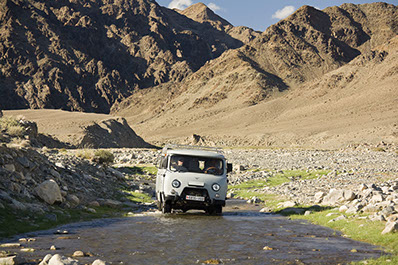
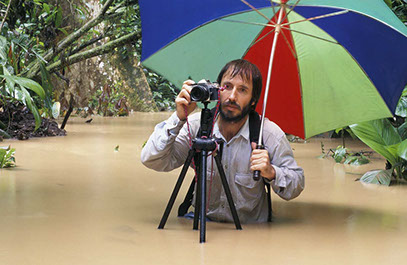
That means taking about 65 exciting and different photographs - or one publishable photo every 2 hours of every day of the trip! I simply cannot afford to be tired, or get ill, since there is never going to be a chance to repeat anything.
I took the photograph below while working on the book “Quest for the Tree kangaroo” in the cloud forest of New Guinea. I love the mysterious feeling and depth that mist creates in a forest, although it can be rare, even in a cloud forest. What I did was to scout out the best photo-locations and compositions in advance. Then, whenever the mist and light was right, I’d run as fast as I could to my predetermined spot and set up my camera and tripod. Often the ideal light wold be so fleeting that I would only have a minute or two to get the shot I wanted.
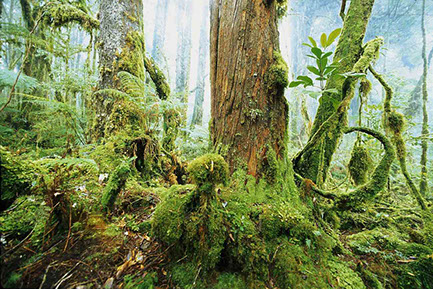
This photograph below was taken for a “Scientist in the Field” book about Bob Mason, who studies the world’s largest snake gathering. More that 20,000 snakes emerge in the bottom of limestone pits in Manitoba. I carefully set up some flash guns, and used something called a soft box to produce very even and natural-looking light. Then I simply lay down and waited for an hour or so, while the snakes became completely used to everything and were engrossed in their own activities. It felt almost surreal to be there in a sea of slithering serpents. I barely moved, my attention was so riveted (perhaps hypnotised) by the scene through my viewfinder.
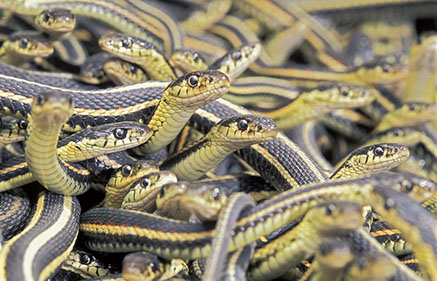
During the few quiet moments of an expedition I love to go in search of close-up subjects. Few things make me happier than exploring for exquisite details with my macro lens. Once I have found something, I can spend endless hours setting up my tripod and tweaking it back and forth by the tiniest amounts until I have the perfect composition. Some of these photographs were taken by natural light, and others used flash.
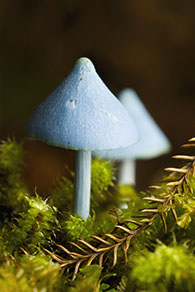
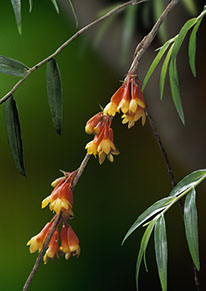
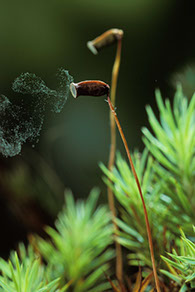
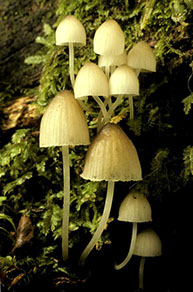
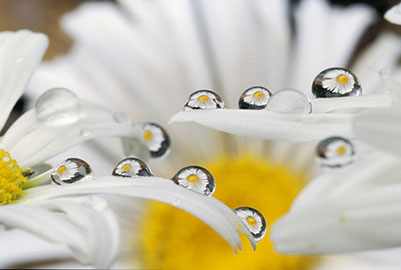
Text and Images - Copyright Nic Bishop